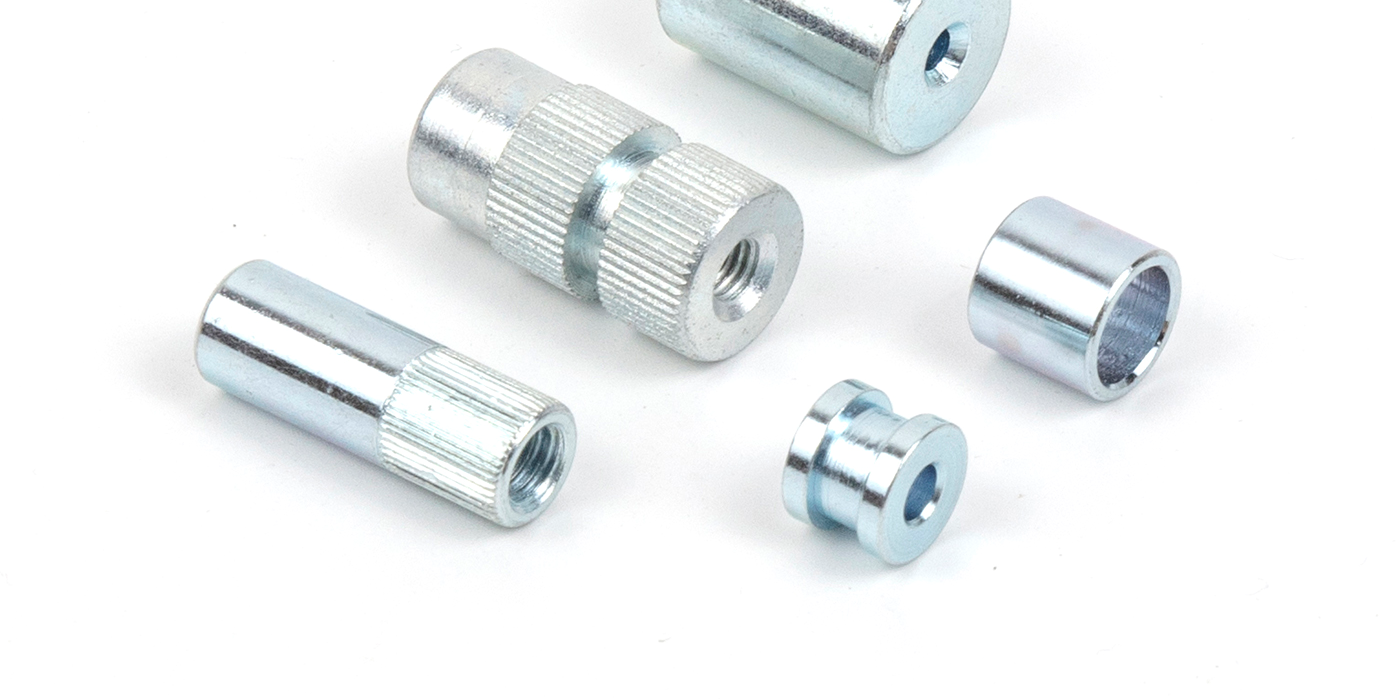Fasteners in the market is usually also known as standard parts, is the two or more than two parts (or components) fastening connection into a see the whole used by a class of mechanical parts. It is characterized by a wide variety of specifications, performance and use of different, and standardization, serialization, universality of the degree of extremely high. Fasteners are the most widely used mechanical base parts and are in great demand.
Steps/Methods
- The correct selection of products: before use, confirm whether the mechanical properties of the product can meet the needs of use, such as the tensile strength of the screw and the guaranteed load of the nut. The length of the screw should be selected appropriately, with 1-2 teeth spacing of the nut exposed after tightening.
- Before use, check whether the thread is rough, whether there is iron filings or dirt between the threads, these things often lead to locking.
- Before use, fasteners can be lubricated: it is recommended to use butter, molybdenum disulfide, mica, graphite or talcum powder for lubrication. At present, wax immersion is commonly used to lubricate and prevent locking.
- Pay attention to the use of:(A). The speed and force of screwing should be appropriate, not too fast and too large. Torque wrench or socket wrench should be used as far as possible, and movable wrench or electric wrench should be avoided. Too much speed will cause the temperature to rise rapidly and cause the lock. Inlet pump valve
(B). In the direction of force, the nut must be screwed perpendicular to the axis of the screw. - The use of washers can effectively prevent the problem of overlocking.
- Locking or biting often occurs on fasteners of stainless steel, aluminum alloy and titanium alloy. These metal alloys themselves have anti-corrosion properties, which will produce a thin oxide layer on the metal surface to prevent further corrosion when the surface is damaged. When the stainless steel fastener is locked, the pressure and heat generated between the teeth will destroy the oxide layer, causing the metal threads to block or shear, and then the phenomenon of adhesion. When this occurs continuously, the stainless steel fastener will lock completely and cannot be removed or relocked. Usually this series of blocking _ cutting _ adhesive _ locking action occurs in just a few seconds, so the correct understanding of the use of this type of fastener, can prevent this phenomenon.






